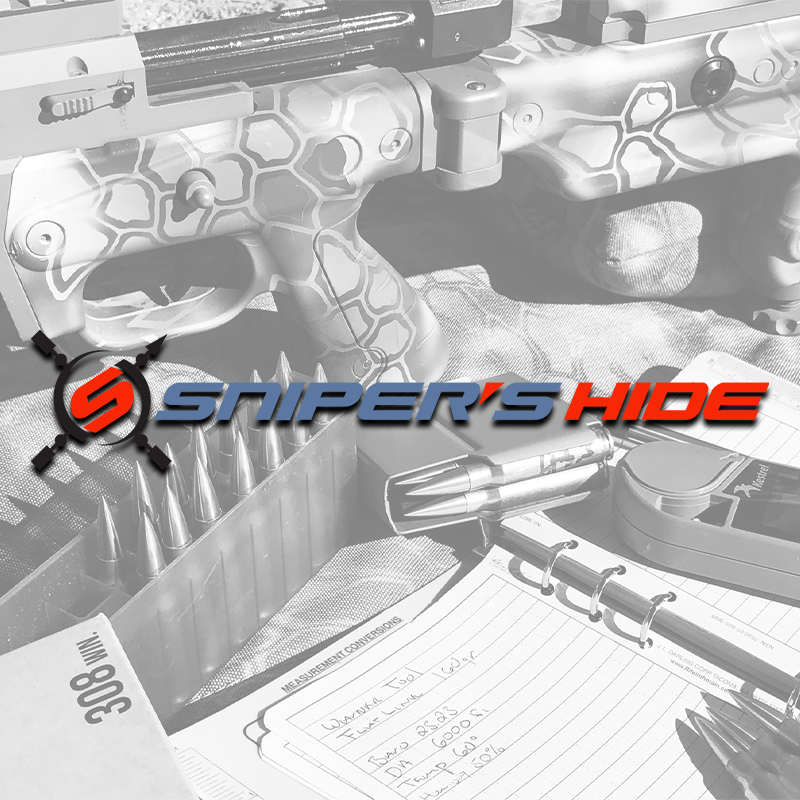Hey everyone, just wanted to share some of the experience I had while setting my own personal record for farthest hit this weekend.
I had the opportunity to go out to a range while visiting some family and I brought the MRAD with 300 PRC barrel. I had the personal goal of 2500 yards as that’s the max for the range, but only was able to make it happen at 2158 yards.
I wanted to ask a question or two to those of yall with more experience regarding wind and ELR shooting all together.
-Wind calls from AB Quantum were accurate out to a mile (round was still supersonic) then at the 2k mark I found myself holding a ridiculous and inconsistent amount to get impacts. Input? I’m pretty confident I was putting the right data in, and wind was generally consistent from me to the target with what I was seeing at my own location.
-Elevation data, again between AB Quantum and a kestrel which is still just AB vs AB. What are you guys doing to true up at distance? I’m familiar with MV truing, CDF, and DSF, but what are y’all doing for those longer distances to increase first round hit probability?
Pictures for your time! Picture with red square is the shooting platform as viewed from the target.
I had the opportunity to go out to a range while visiting some family and I brought the MRAD with 300 PRC barrel. I had the personal goal of 2500 yards as that’s the max for the range, but only was able to make it happen at 2158 yards.
I wanted to ask a question or two to those of yall with more experience regarding wind and ELR shooting all together.
-Wind calls from AB Quantum were accurate out to a mile (round was still supersonic) then at the 2k mark I found myself holding a ridiculous and inconsistent amount to get impacts. Input? I’m pretty confident I was putting the right data in, and wind was generally consistent from me to the target with what I was seeing at my own location.
-Elevation data, again between AB Quantum and a kestrel which is still just AB vs AB. What are you guys doing to true up at distance? I’m familiar with MV truing, CDF, and DSF, but what are y’all doing for those longer distances to increase first round hit probability?
Pictures for your time! Picture with red square is the shooting platform as viewed from the target.



